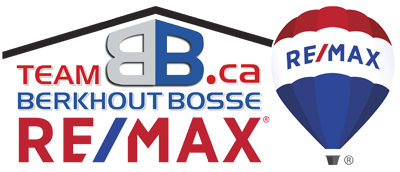 Niagara Region has embarked on a comprehensive analysis of its housing landscape. This study will help forecast the need for future housing stock and inform strategies that improve access to adequate, suitable and affordable accommodations for residents of Niagara.
Niagara Region has embarked on a comprehensive analysis of its housing landscape. This study will help forecast the need for future housing stock and inform strategies that improve access to adequate, suitable and affordable accommodations for residents of Niagara.
Called the Niagara Housing Statement, this groundbreaking work establishes a data informed basis for analyzing housing scenarios across the region. The Canadian Centre for Economic Analysis (CANCEA) has been hired to lead this important initiative that will compile key housing metrics as well as detailed local demographic, economic and housing trends regionally and municipally. The database for all Niagara municipalities includes:
- Detailed demographic, housing, and income trends
- Key housing need metrics at the municipal level by tenure, age of household maintainer, income decile and household type
- Analyses of key sub-groups, including older adult, youth, low-income, aboriginal identity, immigrant, and homeless populations
Among its uses, the information contained in the database will support the development of a Regional Housing Strategy, which will be implemented through the Housing and Homelessness Action Plan and the new Niagara Region Official Plan .Regional staff will continue to work with local area municipalities to identify housing trends and gather input for future housing policy development and analysis based on the data collected.
Information compiled has already established a more accurate understanding of housing stock across Niagara. For instance, there is little diversity in the region’s housing stock. Only 26 per cent of housing is medium- or high-density, yet 71 per cent of the renter population lives in these types of units. The current mix of housing does not provide enough affordable options for households in Niagara; a more diverse range and mix of housing options supports a more diverse community by accommodating people at different stages of life, and in families of various sizes and incomes.
Core housing need is a term used to describe households whose dwellings do not acceptably meet their needs and where alternate acceptable housing that costs less than 30 per cent of total household income cannot be found. In Niagara, this is primarily a challenge of affordability.
Households with lower incomes are more likely to find themselves in core housing need due to the unsuitability, inadequacy and unaffordability of their current housing. More than 20 per cent of Niagara’s population lives in low-income households. In total, 23,830 households earning less than $68,400 per year were in core need in 2016 and need affordable housing options.
Additional key statistics:
- Almost half of all renter households in Niagara are spending over 30 per cent of income on shelter, compared to 16 per cent of owner households
- Household types most prone to spend over 30 per cent of income on shelter and be in core housing need are non-census family households (including singles), and lone-parent households, which is seen across age groups in Niagara
- Affordability is the main challenge in Niagara, as rates of unsuitability and inadequacy are low overall
SOURCE: Regional Municipality of Niagara Media Release






